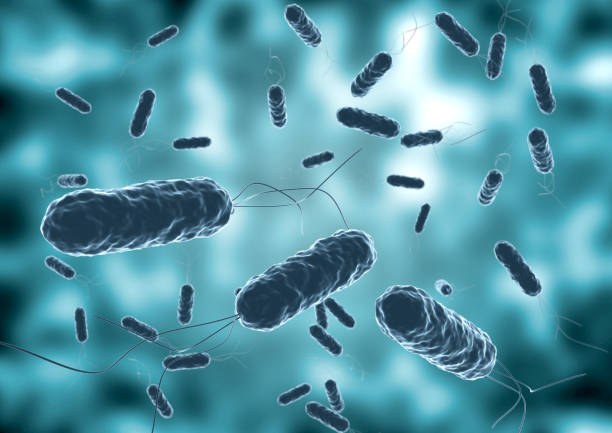Cholera is an infectious disease characterised by severe diarrhoea and dehydration; it is caused by Vibrio cholerae (V. cholerae) bacteria, which contaminates food and water. When people ingest these food and water, the bacteria infect their intestines and cause cholera. This illness can sometimes lead to shock or death if not treated quickly, and it is common in areas with poor sanitation, war, famine, or crowding.
Causes
The bacteria that causes cholera is called Vibrio cholerae; it is found in water or food that is contaminated by the faeces of an infected person.
Common sources of this contaminated food and water include food and drinks sold on the streets, municipal water supply, vegetables grown with contaminated water, and raw or undercooked seafood.
When a person consumes food and water contaminated with this bacteria, the bacteria will be released into the intestines, resulting in severe diarrhoea. If this is not treated on time, the diarrhoea will lead to life-threatening dehydration due to the excessive loss of electrolytes and vital nutrients.
Symptoms of Cholera
The symptoms of this disease can begin a few hours or a few days after being infected, and some people may not notice any symptoms at all but will still be able to spread the infection.
Often, the symptoms are mild, but sometimes, they can be severe and quickly lead to dehydration.
Common symptoms include:
- Increased thirst.
- Loss of skin elasticity (returns to its original position quickly if pinched).
- Rapid heart rate.
- Dry mucous membranes inside the nose, mouth, throat, and eyelids.
- Muscle cramps.
- Low blood pressure.
Treatment
The first and most important part of cholera treatment is preventing or reversing dehydration; anyone who has this infection should try to replace fluid and salts immediately and seek medical attention as soon as they can.
A healthcare provider may also prescribe intravenous fluids and oral rehydration solutions. Other forms of treatment include zinc supplements for children younger than five and antibiotics to eliminate the bacteria. The infection usually disappears from the body within two weeks.



